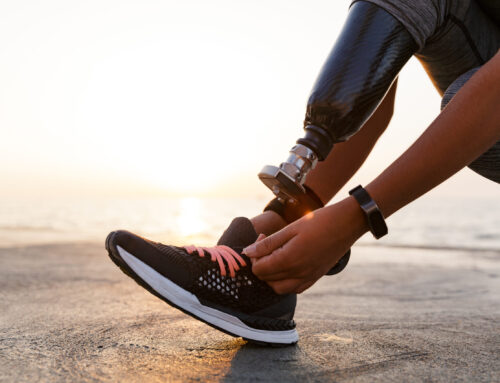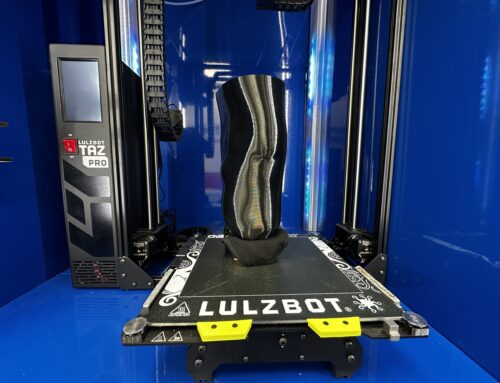The Evolution of Prosthetics: From Wood to Bionics
Prosthetics, or the creation of artificial limbs and body parts, has a long and fascinating history. From the earliest known prosthetic toe made of wood over 3,000 years ago, to the sophisticated bionic limbs of today, the evolution of prosthetics has been shaped by advancements in science, medicine, and technology.
Prosthetics, or the creation of artificial limbs and body parts, has a long and fascinating history. From the earliest known prosthetic toe made of wood over 3,000 years ago, to the sophisticated bionic limbs of today, the evolution of prosthetics has been shaped by advancements in science, medicine, and technology.
Early Prosthetics
The earliest known prosthetic was discovered in an Egyptian tomb and dates back to 950 BC. It was a wooden toe that was strapped to the foot of a mummy. Throughout history, prosthetics were often made of wood or other materials like bronze, iron, or leather. These early prosthetics were often crude and uncomfortable, but they provided basic functionality to their users.
During the Middle Ages, prosthetics became more advanced as they were designed to be used in warfare. Prosthetic limbs were crafted to hold weapons, shields, and even crossbows. However, it wasn’t until the 16th century that prosthetics began to take on a more anatomical shape. Ambroise Paré, a French surgeon, is credited with creating some of the earliest functional prosthetic hands and legs that mimicked the natural movements of the body.
Modern Prosthetics
The invention of the steam engine in the 19th century paved the way for the development of more advanced prosthetics. One of the most significant advancements during this time was the creation of the first jointed prosthetic leg, which allowed users to walk with more natural movements. In the early 1900s, prosthetic limbs made of aluminum and other lightweight materials became popular, making them more comfortable and easier to use.
The introduction of plastics in the mid-20th century allowed for the creation of even more advanced prosthetics. Prosthetic limbs could be molded to fit the contours of a person’s body, making them more comfortable and functional. The development of electronic components also enabled prosthetics to become more sophisticated, with sensors and microprocessors that could control movements.
Bionic Prosthetics
In recent years, prosthetics have taken a significant leap forward with the development of bionic technology. Bionic prosthetics are designed to mimic the movements of natural limbs, using sensors and microprocessors to detect and respond to a user’s movements. These prosthetics can be controlled through thought, allowing users to move their limbs in much the same way as they would with a natural limb.
One example of a bionic prosthetic is the “Luke arm,” named after the character Luke Skywalker in the Star Wars movies. The Luke arm is a bionic arm that can be controlled through thought, allowing users to move their fingers, wrist, and elbow with incredible precision. Another example is the “PowerFoot,” a bionic foot that can adjust to different terrains and inclines, making it easier for users to walk on uneven surfaces.
Conclusion
The evolution of prosthetics has been a fascinating journey, from the earliest wooden toes to the sophisticated bionic limbs of today. The advancement of technology and science has allowed prosthetics to become more functional, comfortable, and lifelike, improving the quality of life for those who use them. With continued research and development, the possibilities for prosthetics are endless, and the future of prosthetic technology is bright.
References:
- “A Brief History of Prosthetics.” Amputee Coalition, 2021, https://www.amputee-coalition.org/resources/a-brief-history-of-prosthetics/.
- “The History of Prosthetics: How We Got to Where We Are Today.” Keeler, 2021, https://www.keelerfamily.com/blog/the-history-of-prosthetics-how-we-got-to-where-we-are-today/.
- “Bionic Prosthetics.” OrthoCarolina,
OPENING HOURS
| Mon – Fri | 8:00 – 4:30 |
| Saturday | CLOSED |
| Sunday | CLOSED |






